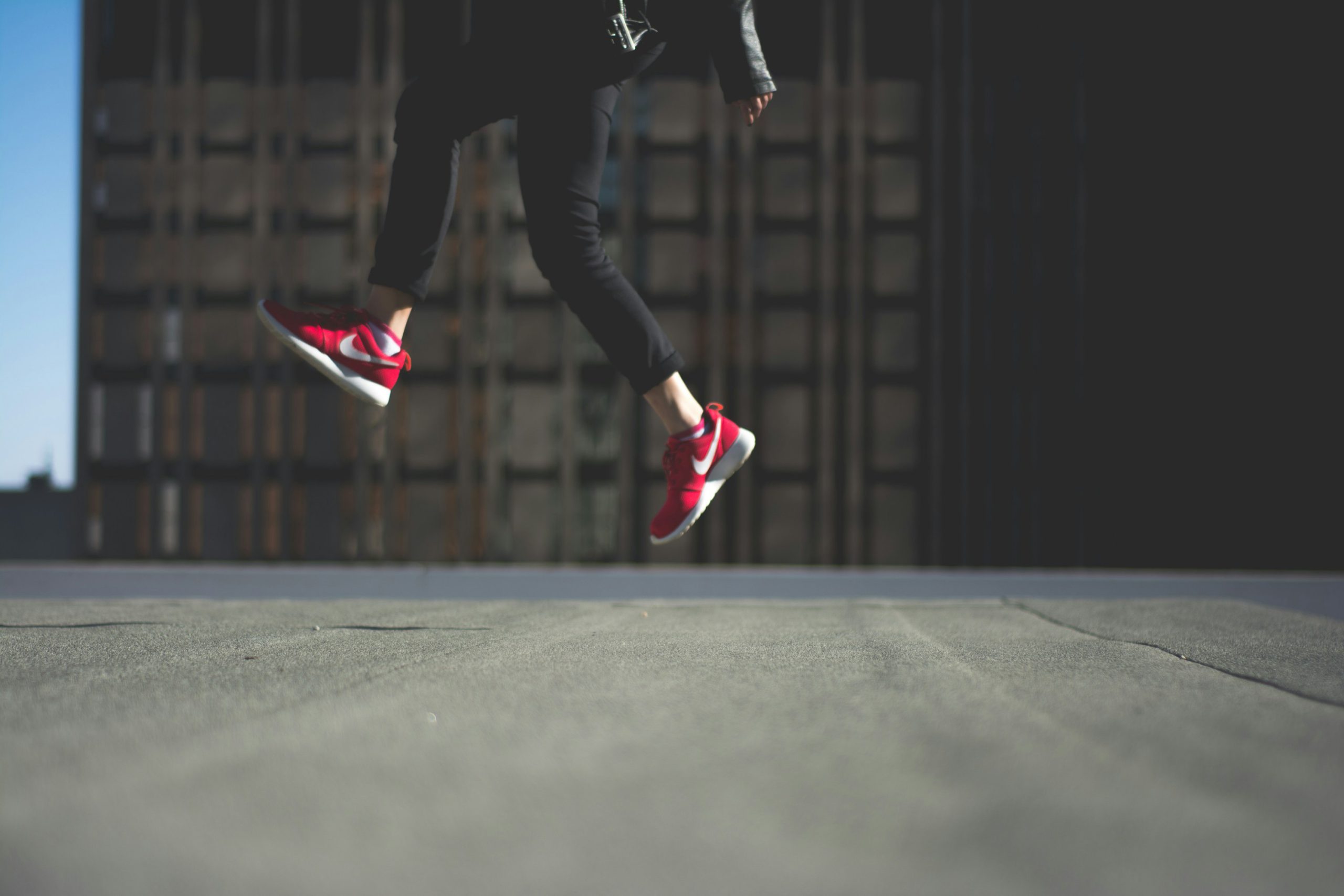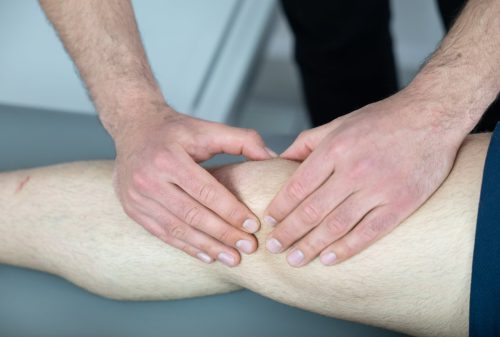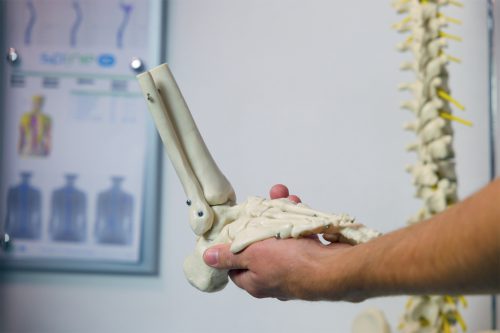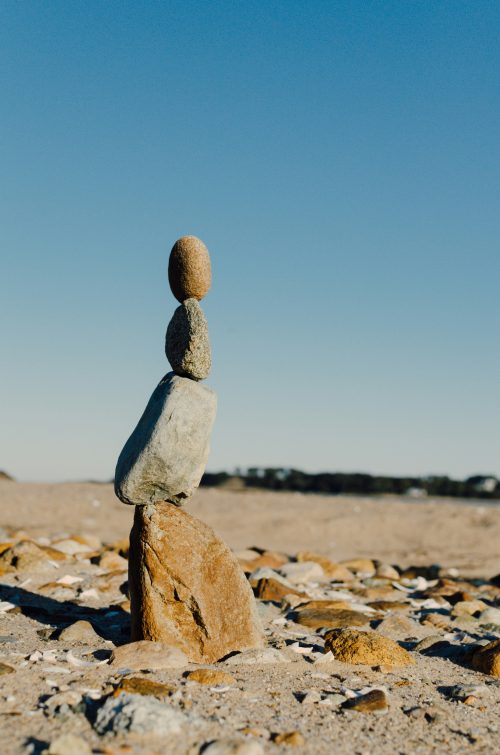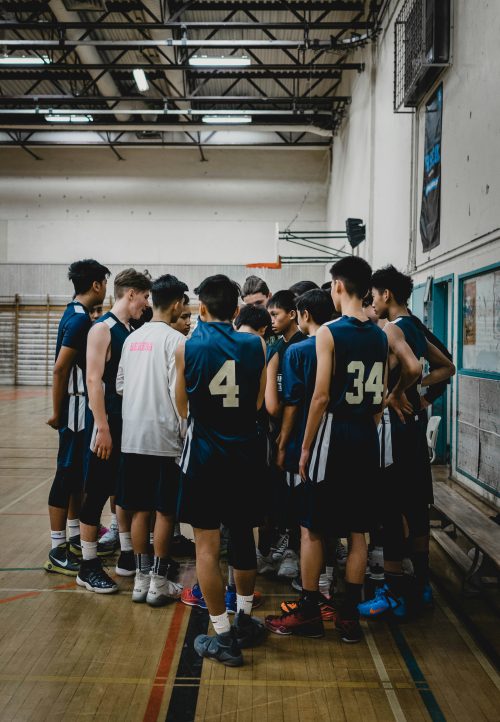At the back of the lower leg, there are two muscles that primarily form its shape. One is closer to the surface, called the gastrocnemius, while the other lies just beneath it, known as the soleus.
Achilles tendon inflammation
Description
Both of these muscles merge in the lower leg into a common tendon, which, as you guessed, is the Achilles tendon. This tendon attaches to the heel bone. The function of these muscles, and thus their tendon, is often simplified, so we usually say they are responsible for rising onto the toes, that is, the movement we make when stretching to see what’s happening over the edge of a high wall. However, the full function of the Achilles tendon cannot be viewed in isolation. It is merely a part of a complex system that begins with the muscles of the lower back and hips, continues with the muscles of the lower leg, and through the lower leg extends into the structures of the foot, particularly the plantar fascia. In short, the Achilles tendon is just one link in a chain of structures that enable us to stand, walk, run, jump, and make sudden changes in direction. If each link performs the function it evolved for, there are no problems. But if one or more links in this complex system, for various reasons, does not function as it should, the forces generated during all the described activities can be directly transferred to the Achilles tendon, causing overuse and subsequently the body’s attempt to adapt. It all starts with the thickening of the tendon itself, and later progresses to inflammation, characterized by pain, especially in the morning after rest, after prolonged sitting, or long walks. But this inflammation is not like any other. Typically, inflammation is a mechanism by which the body tries to heal an injured part and goes through three phases—acute, subacute, and remodeling. Here, however, we are dealing with chronic inflammation, which will not end in healing but gets stuck in a dead-end, characterized by long-lasting symptoms that do not reduce easily, even with treatment. And even with appropriate therapy, it takes time and patience for full resolution of symptoms and the chronic process.
Therapy itself can be divided into local and global approaches.
The goal of local therapy is to stimulate healing by improving local circulation, stimulating changes in the mechanical properties of the tendon, reducing tension in its surroundings, or directly initiating new acute inflammation, which should trigger a cascade reaction leading to complete healing. For this purpose, a whole range of physiotherapeutic methods is available, from radiofrequency therapy, laser, FMS, tendon mobilization, manual therapy for the surrounding joints, shockwave therapy, isolated eccentric contractions for the soleus and gastrocnemius, to wearing orthopedic insoles or simply raising the heel. Which exact therapy or combination of therapeutic interventions is the best choice and has the greatest chance of reducing or eliminating symptoms depends on the type and severity of inflammation, the location (whether in the middle or at the attachment of the tendon to the bone), possible damage to the tendon (such as small ruptures visible via ultrasound), the condition of the foot and lower leg, the patient’s age and gender, their level of physical activity (or lack thereof), and comorbidities or systemic conditions that may affect the state of the tendon. This means that there is no “best” therapy for this condition, and simplified recommendations and advice from the web, YouTube, or social media should be taken with a large grain of salt. They are not designed to cure your problem but to attract attention and serve a marketing purpose. The reality (especially in medicine) is always more complicated, particularly when treatment needs to be individualized, which is always the case.
To make things even more complex, along with local therapy, global therapy is also necessary, which begins by detecting possible mechanical issues in the hip, lower back, knee, ankle, and foot that may cause or contribute to the pathological process in the Achilles tendon. Typically, without understanding the mechanisms that led to the inflammation of the tendon, it is impossible to expect full recovery in a reasonable time. Therefore, a thorough examination of the entire lower extremity, sometimes with additional diagnostics, must be performed to focus therapeutic efforts on the areas that need to be addressed as a prerequisite for successful treatment.
Tension model
The simplest comparison is with a blister on the heel. If you’ve ever had one, you know that what hurts is the blister itself. But what caused it is the shoe. Is the shoe too tight, too loose, tied too tightly or too loosely? Is the sock worn out? Is the shape of the heel such that a particular shoe causes discomfort? These are just a few of the questions about details that can contribute to the development of a blister. In the same way, Achilles tendon inflammation can be viewed as a blister, and the entire lower limb as the shoe. So, local therapy should be applied to reduce pain and speed up the healing of the blister, but if we don’t address the problem of the shoe you will continue to walk in, all our efforts could be in vain.
The tension model very clearly and precisely defines the direction of forces through the lower extremity during all activities, from daily tasks to sports, and with a detailed examination, sometimes with the help of additional diagnostics, we can detect parts of the movement system whose dysfunction is the true cause of pain in the Achilles tendon, allowing us to design individualized interventions to improve their function and thus remove the causes of overuse, increasing the chances for relatively quick and more importantly, long-term relief of the painful condition.
Scientific literature offers a wide range of perspectives on this painful condition and provides many possible treatment options. Given this diversity, it is clear to those of us in the profession that we do not fully understand the causes, or that they can vary significantly, just like in the metaphor with the blister and the shoe.
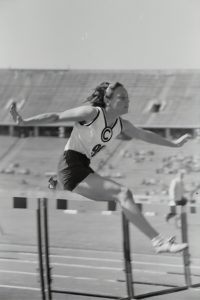 Finally, it would logically be assumed that Achilles tendon inflammation, as an overuse syndrome, is most common in athletes, especially those who train intensively or professionally. However, statistics in our clinic tell a different story. Relatively few athletes develop this painful syndrome. Most often, we treat middle-aged and older patients. Particularly those who engage in sports irregularly, without adequate preparation, or those who stand or sit for long periods. The reasons for this prevalence are numerous, the most important being changes in tendon structure, which becomes stiffer as we age, reduced effectiveness of the foot and lower limb’s shock absorption mechanisms, which directly strains the Achilles tendon, weaker peripheral circulation, as well as wearing inadequate footwear, and degenerative changes in other joints, which once again place the Achilles tendon in an impossible position, forcing it to perform two or more tasks instead of just one, for which it evolved.
Finally, it would logically be assumed that Achilles tendon inflammation, as an overuse syndrome, is most common in athletes, especially those who train intensively or professionally. However, statistics in our clinic tell a different story. Relatively few athletes develop this painful syndrome. Most often, we treat middle-aged and older patients. Particularly those who engage in sports irregularly, without adequate preparation, or those who stand or sit for long periods. The reasons for this prevalence are numerous, the most important being changes in tendon structure, which becomes stiffer as we age, reduced effectiveness of the foot and lower limb’s shock absorption mechanisms, which directly strains the Achilles tendon, weaker peripheral circulation, as well as wearing inadequate footwear, and degenerative changes in other joints, which once again place the Achilles tendon in an impossible position, forcing it to perform two or more tasks instead of just one, for which it evolved.
Because of all this, as always, seek professional help from an orthopedist and/or experienced physiotherapist if the pain in your Achilles tendon lasts more than six weeks, does not decrease, or does not go away after simple stretching exercises, applying cold or ice packs, and wearing soft and comfortable shoes.
Surgical interventions are rare and are only performed when persistent and individualized therapy has not achieved the desired results. Depending on the location and type of damage, different types of surgical procedures exist, as well as the length of postoperative recovery, during which there is still a need for the application of “global” therapy to increase the chances of successful surgical treatment.

